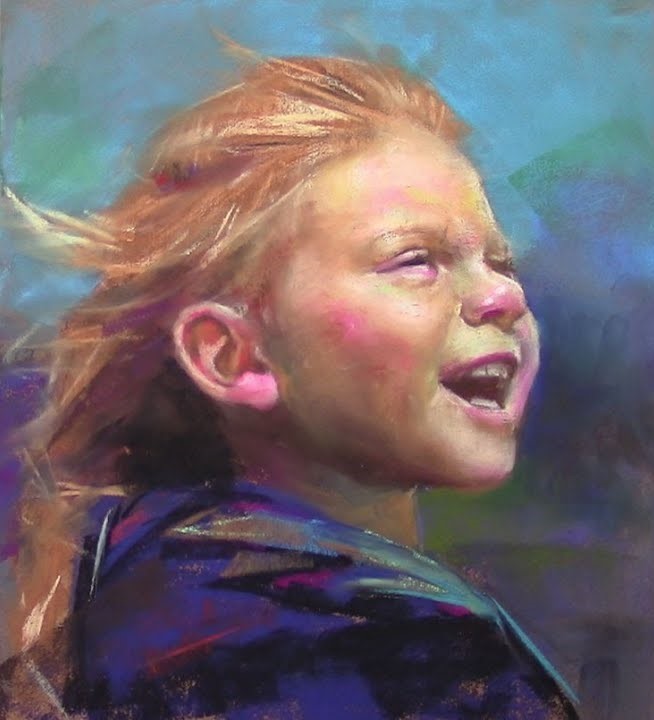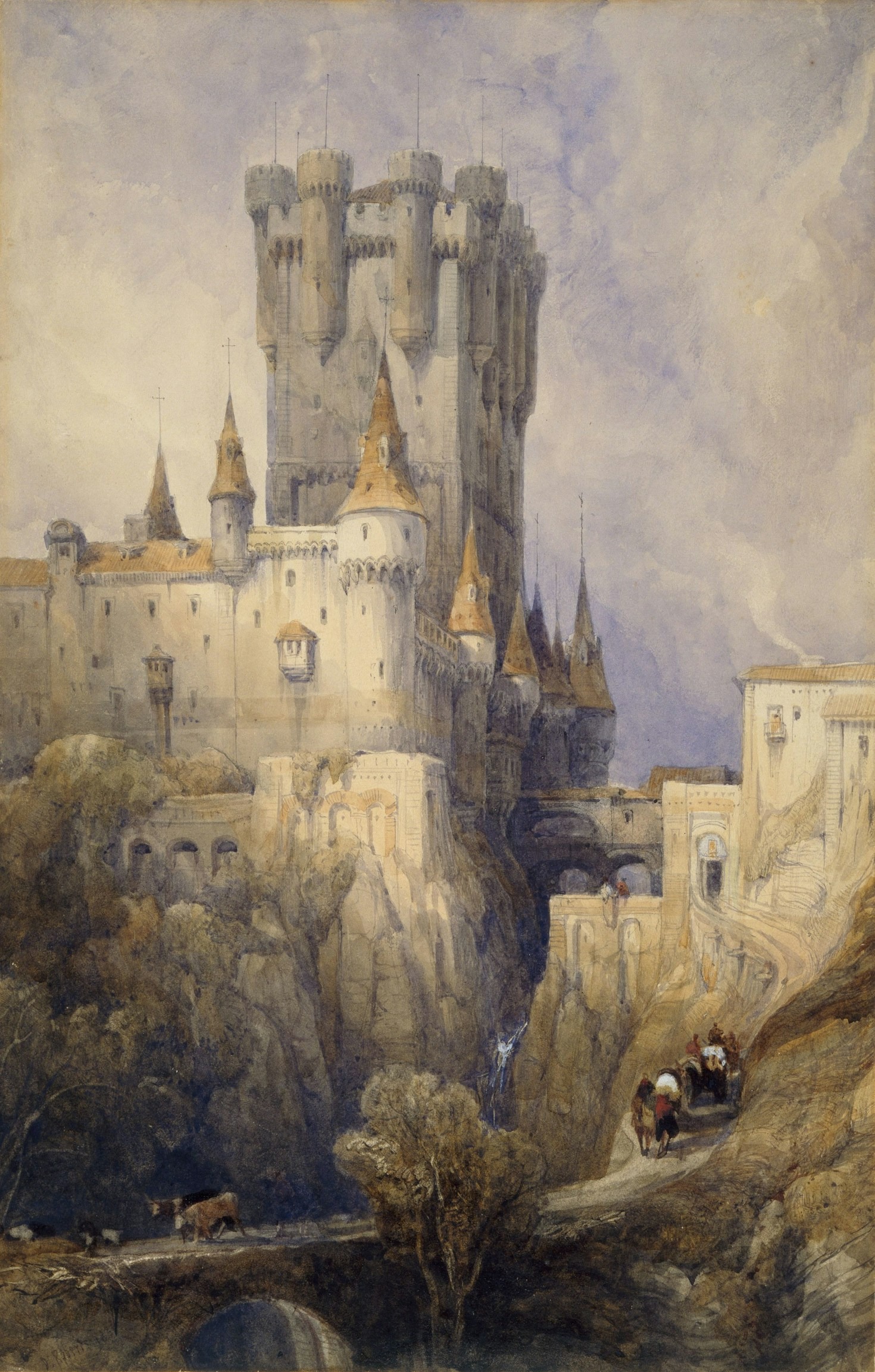
Exploring the World of Pastels: A Beginner’s Guide
Pastels have long been a cherished medium for artists around the world, known for their vibrant colors and versatility. For beginners looking to explore the world of pastels, this guide will provide insights into the types of pastels available, the materials needed to get started, and some basic techniques to help you create your first masterpiece.
- Soft Pastels: These are the most popular type of pastels, favored for their rich colors and ease of blending. They are made with a minimal amount of binder, resulting in a smooth, buttery texture. However, they can be fragile and produce dust, so it’s important to handle them with care.
- Hard Pastels: Hard pastels have a firmer consistency due to a higher binder-to-pigment ratio. They are ideal for creating fine lines and details, making them a great complement to softer pastels.
- Oil Pastels: Unlike soft and hard pastels, oil pastels have an oil binder, which gives them a creamy texture. They are less dusty and can be used on a variety of surfaces. Oil pastels don’t smudge as easily, providing more precision in your artwork.
- Pastel Pencils: These combine the precision of a pencil with the vibrant colors of pastels. Pastel pencils are excellent for adding detail and are less messy, making them perfect for beginners.
To begin your pastel journey, you’ll need a few basic materials:
- Pastel Paper: Choose a paper with a bit of texture, such as sanded or velour paper, which will help the pastel adhere. The texture of the paper can significantly affect the final appearance of your artwork.
- Blending Tools: Although fingers are commonly used for blending pastels, tools such as blending stumps, brushes, or cloths can help achieve different effects.
- Fixative Spray: This is essential for preserving your artwork. A fixative will help prevent smudging and can be applied in layers throughout your creative process.
- Easel: An easel can provide a comfortable working position and help prevent your artwork from smudging as you work.
- Blending: Begin by layering colors lightly and use your fingers or blending tools to merge them smoothly. Experiment with different pressures to achieve various effects.
- Layering: Build depth by layering colors. Start with darker shades and gradually add lighter ones on top to create highlights and depth.
- Hatching and Cross-Hatching: Use lines to build texture and dimension. Hatching involves drawing parallel lines, while cross-hatching involves intersecting these lines.
- Scumbling: Lightly apply a layer of pastel over another to create a textured appearance. This technique is perfect for adding soft highlights or a glazed effect.
- Experiment with Different Brands: Pastels come in a wide range of brands, each with unique characteristics. Trying different brands will help you find the one that suits your style best.
- Start Simple: Begin with simple subjects and gradually move to more complex compositions as you gain confidence.
- Keep Practicing: As with any art form, practice is key. Regularly experimenting with new techniques and subjects will enhance your skills.
Exploring the world of pastels can be a rewarding and fulfilling experience. With their vibrant colors and versatile applications, pastels offer endless possibilities for artistic expression. Whether you’re aiming for bold, dynamic pieces or soft, subtle works, pastels provide the tools to bring your creative visions to life. Happy painting!

